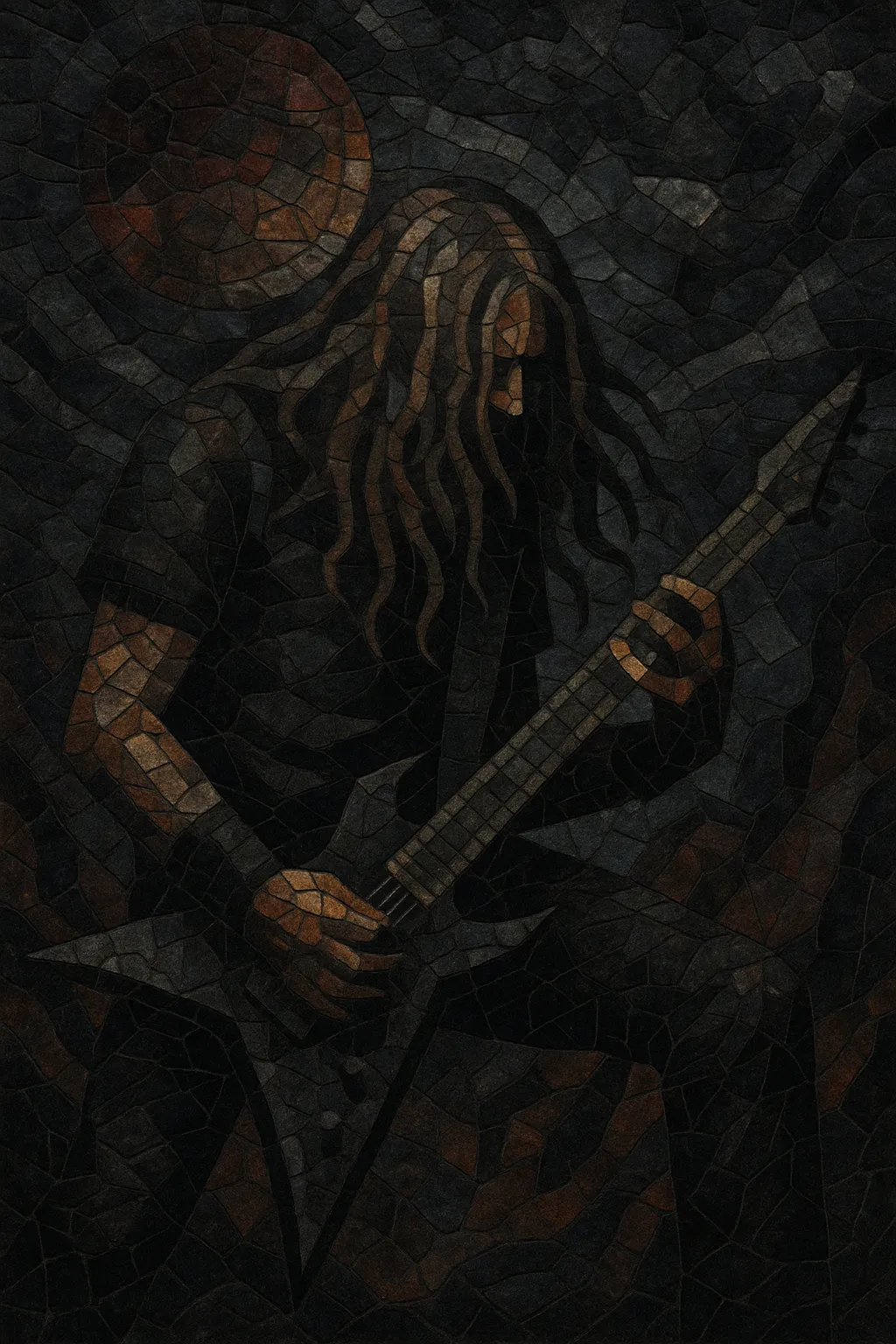The Gothenburg sound is a melodic death metal style that emerged from Gothenburg, Sweden in the early to mid‑1990s. It fuses the aggression and precision of death/thrash metal with the twin‑guitar harmonies and hook‑driven songwriting of classic heavy metal.
Key traits include harmonized lead guitars, fast tremolo‑picked melodies, palm‑muted rhythm work, energetic double‑kick and thrash beats, and harsh growled vocals. Compared with contemporaneous death metal, songs often use more accessible verse‑chorus structures and memorable, melancholy guitar themes.
Its signature albums—such as At the Gates’ "Slaughter of the Soul" and In Flames’ "The Jester Race"—helped define a melodic, melancholic yet aggressive aesthetic that later shaped 2000s metalcore and modern melodic metal worldwide.
Gothenburg’s scene coalesced as local bands began combining Scandinavian death metal’s intensity with the harmonized leads and songcraft of NWOBHM. Early seeds were heard in demos and debuts by Ceremonial Oath and Eucharist, while Dark Tranquillity and In Flames refined the blend of aggressive riffing and melodic hooks.
The style crystallized with a run of genre‑defining albums: At the Gates’ "Slaughter of the Soul" (1995), Dark Tranquillity’s "The Gallery" (1995), and In Flames’ "The Jester Race" (1996). These releases set the blueprint—tight, thrash‑charged rhythms; emotive, harmonized guitar leads; and concise, chorus‑oriented song structures.
Following the classics, the sound spread beyond Gothenburg. Bands like Soilwork and Arch Enemy added cleaner production, occasional clean vocals, and keyboards without sacrificing speed or intensity. Outside Scandinavia, American and European groups adopted the melodic riff language, which directly informed the rise of metalcore and melodic metalcore in the 2000s.
The Gothenburg sound remains a cornerstone of modern heavy music. Original scene leaders continue to release influential records, while new bands worldwide revisit the style’s melancholic melodicism, updating production and arrangement while preserving its trademark twin‑guitar ethos.


